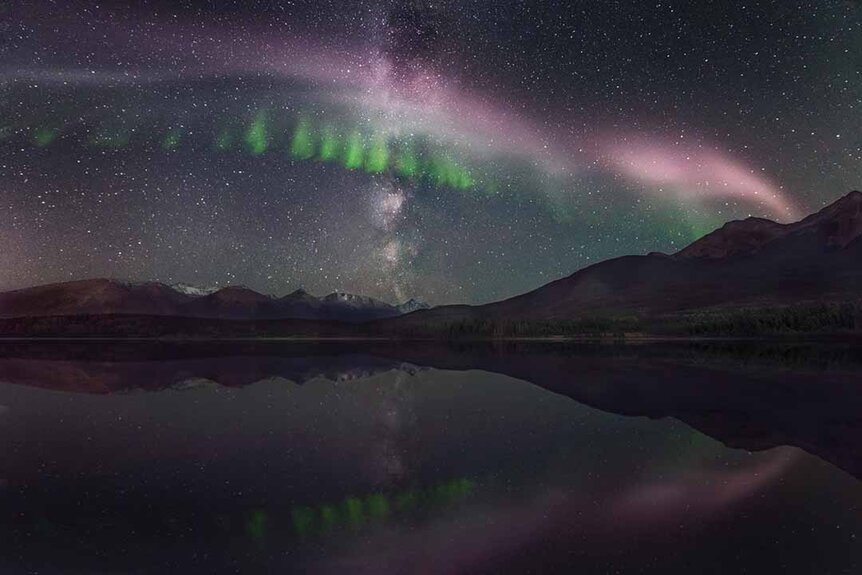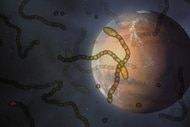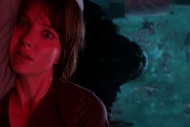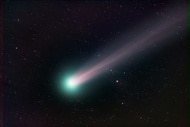Create a free profile to get unlimited access to exclusive videos, sweepstakes, and more!
Meet Steve, a Rare Atmospheric Light Show in a Sky Near You
We should name more stuff based on Over the Hedge references.

“There’s a weird thing over there I’ve never seen before and it’s really scary. Follow me,” Hammy says in the opening scenes of Over the Hedge (streaming now on Peacock). On the first day of spring, a family of assorted woodland animals wakes up after a winter hibernating. While searching for buried nuts, Hammy finds something unexpected and unexplained. It’s green like the forest, but it’s different from what they’re used to in a way they can’t quite put their furry fingers on.
Realizing they might be less frightened if they knew what to call it, the animals decide to name the hedge (that’s what it is) Steve. “Steve sounds nice… I’m a lot less scared of Steve,” the animals remark. It’s a silly but effective solution and one which astronomers borrowed during an encounter with their own mysterious object.
There’s a Strange Visitor in the Sky, and Its Name Is Steve
Nearly a decade ago Elizabeth MacDonald, a physicist at NASA’s Goddard Space Flight Center was at a seminar in Calgary, Alberta, Canada. There, she and other astronomers discussed, among other things, a phenomenon which didn’t yet have a name. They look sort of like aurorae, but the colors, orientation, and latitudes are wrong. Rather than the long arcing streaks of an aurora, this phenomenon is characterized by a purple-pink streak accompanied by perpendicular green spikes. The effect is sometimes described as resembling a picket fence.
RELATED: What Causes an Aurora?
After the seminar, MacDonald visited a local pub with photographers and scientists and the group got into a spirited but friendly debate over the name of the thing. One photographer, Neil Zeller, had been calling it a proton arc, but by the end of the night the group had collectively decided it was something else. The conversation then made its way back to the Alberta Aurora Chasers Facebook group where member Chris Ratzlaff suggested they take a cue from an animated squirrel and call it Steve until they knew more.
Other members of the group suggested less fanciful names, but the Steve moniker stuck. Since then, Steves have become better understood, generating a number of scientific papers. Our present understanding is that Steves (which now also have the fancy acronym Strong Thermal Emission Velocity Enhancement) are sometimes associated with aurorae, but are short lived and rarer. While aurorae are caused by electrically charged particles from the Sun interacting with the atmosphere, Steve’s are caused by something called subauroral ion drift (SAID).
RELATED: Over the Hedge: From the Comic, to Film, and Beyond
Your best bet at seeing one is to look through the lens of a camera during periods of geomagnetic activity. If you’re Steve hunting, you’ll be happy to know that activity is ramping up as we approach the peak of Solar Cycle 25. More common aurorae can sometimes evolve into Steves under the right conditions, but they are difficult to see with the naked eye and are easily missed. The investigation and characterization of Steves is yet another example of the power of citizen science and proof that there are still things to discover if you’re willing to look. And it’s true that things are less frightening with a friendly name. We have our fingers crossed that Steve visits our part of the sky sometime soon.
In the meantime, we’re watching Over the Hedge on Peacock, and so should you.



























